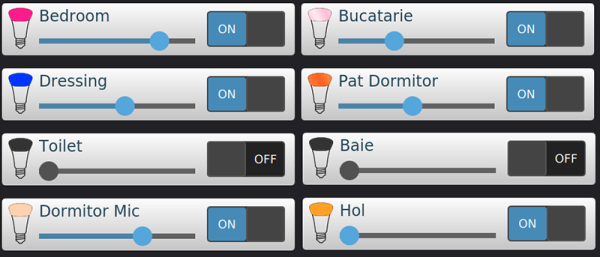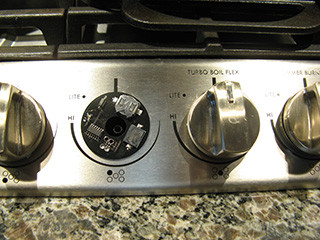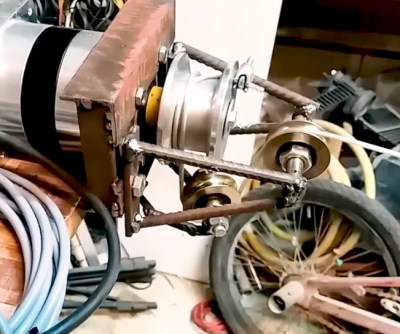The Moka pot is an industrial design classic, hailing from Italy in the early part of the 20th century. To this day, it remains an excellent way to brew top quality coffee at home with affordable equipment. However, if your tastes for coffee lie more towards lattes than espresso, you’re out of luck – unless you’ve got one of these.
[Create] started with a classic Moka pot for this project, and set out to build a stovetop milk steamer. The top reservoir is quickly cut away, and a tap fitted atop the lower water reservoir. This allows the flow of steam from the lower reservoir to be controlled. A steel pipe is then fitted to the tap, which is bent, crushed, and soldered to form a nozzle for steaming the milk. It’s then finished off with beautiful wooden handles for a nice aesthetic touch.
While we’re not sure the soldering process or tap used are food grade, there are workarounds for that, and it’s a project that could easily be pulled off in a weekend. What’s more, you can celebrate your new creation with a delicious hot cappuccino. What could be better? Now all you need is your own special roast. Video after the break.
[Thanks to Baldpower for the tip!]
Continue reading “Stovetop Milk Steamer Is Beautiful, Effective”



















